The Best Sailboats for Rough Sea Conditions (13 Examples)
Are you planning to take on the challenge and sail in rough sea conditions? If so, you should equip yourself with the right sailboat that can handle heavy seas and keep you safe. Let's discuss the key features that make a sailboat ideal for rough seas and provide you with 13 examples of the best sailboats that you can consider for your next trip.
The best sailboats for rough seas have a strong and stable hull that can withstand the rough waves. They also have a deep keel that provides stability and prevents the boat from tipping over. Additionally, they have a spacious and comfortable cabin to enjoy a relaxing sailing experience even in rough conditions.
The Bermuda 40 is a good example of a classic sailboat that is known for its traditional design and seaworthiness. It has a full keel, which provides stability in rough seas. Let's look at more examples of sailboats that can handle rough sea conditions.
Summary
- The essential characteristics of an ideal sailboat for rough seas must include value for stability, comfort, speed, safety, and buoyancy.
- The best hull design type for sailboats in rough sea conditions is a deep-V hull or its modified version.
- The best rig type is either a cutter or a ketch, but for ease of handling, a sloop rig is best.
- A full-keeled sailboat is best in rough sea conditions because it provides excellent stability and directional control.
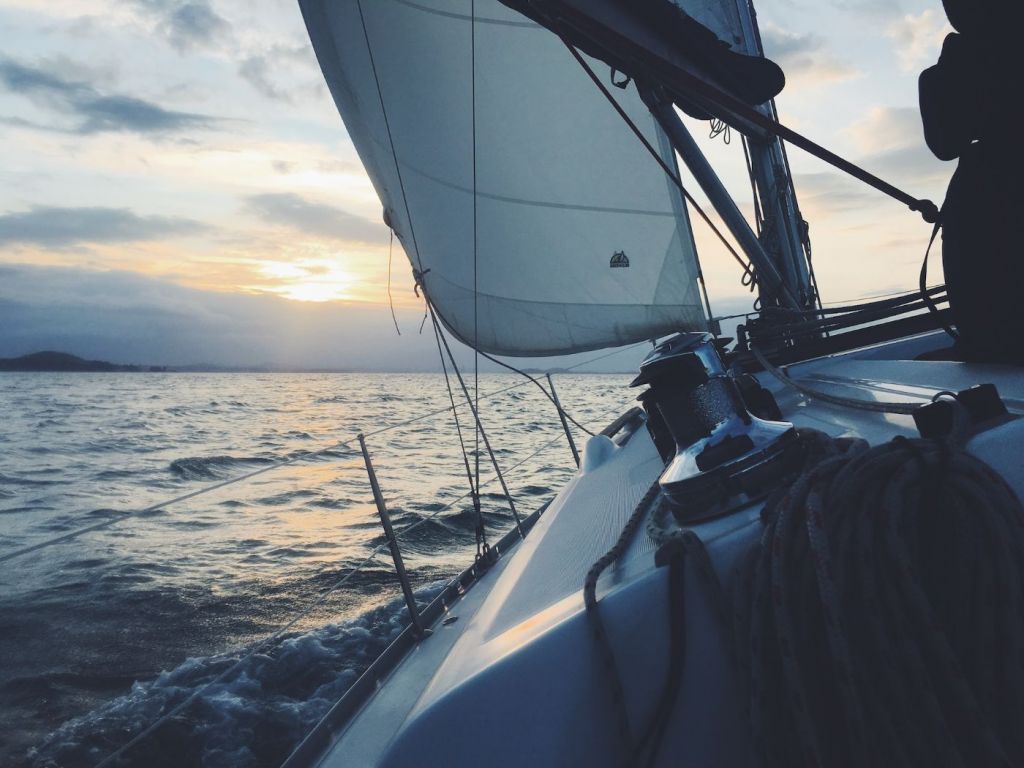
On this page:
13 Examples of Best Sailboats for Rough Seas
Here are 13 examples of sailboats for rough seas that you might want to consider:
| Boat Model | Best Features for Rough Seas |
|---|---|
| Prout Snowgoose 37 | Twin-hull design provides excellent stability and reduces rolling in rough seas |
| Moore 24 | Narrow beam and heavy displacement make it very stable in heavy seas |
| Mariner 36 | With a long keel for better directional stability during rough sea events |
| Cal 34 | Deep-V hull design and heavy displacement provide excellent stability and a smooth ride in rough seas |
| Morgan 43 | Monohull sailboat with a fin keel for maneuverability in rough seas |
| Swan 43 | Heavy displacement and full keel provide excellent stability and tracking in rough seas |
| Bermuda 40 | Heavy displacement and centerboard keel provide excellent stability and tracking in rough seas |
| Island Packet 26 | Long keel and heavy displacement provide excellent stability and tracking in rough seas |
| Mariner 47 | Has a fin keel for easy maneuverability in rough seas |
| LeComte Northeast 38 | Heavy displacement and full keel provide excellent stability and tracking in rough seas |
| Westsail 32 | Heavy displacement and full keel provide excellent stability and tracking in rough seas |
| Dana 24 | It has a fin keel that makes it easy to handle in heavy winds |
| J/35 | Deep-V hull design and heavy displacement provide excellent stability and a smooth ride in rough seas |
1. Prout Snowgoose 37: This is a real blue water cruising boat that is perfect for experienced multi-hull sailors who have cruised across the Atlantic. It is also a great option for those who are new to sailing on rough seas.
2. Moore 24: Designed by the legendary California sailor and surfer George Olson, the Moore 24 is one of the first ultra-light displacement sailboats. It is a fast, fun speedster that is perfect for downwind sailing.
3. Mariner 36: This is a classic cruising sailboat that is known for its durability and seaworthiness. It is equipped with a long keel which provides better directional stability than a similar boat with a fin keel.
4. Cal 34: This is a popular sailboat that is known for its performance in rough seas. It has a fin keel that makes it easy to handle in heavy winds.
5. Morgan 43: This is a monohull sailboat designed by Nelson Marek. It has a fin keel that provides maneuverability in rough seas.
6. Swan 43: This is a high-performance sailboat that is perfect for racing and cruising. It has a sleek design and a fixed, swept fin keel.
7. Bermuda 40: This is a classic sailboat that is known for its traditional design and seaworthiness. It is equipped with a centerboard keel, which is a pivoting lifting keel, allowing it to sail both coastal and inland waters.
8. Island Packet 26: This is a popular cruising monohull sailboat that is known for its spacious interior and comfortable ride. It has a long keel that provides stability in rough seas.
9. Mariner 47: This is a classic cruising sailboat that is known for its righting capability if capsized. It is equipped with a fin keel that provides splendid maneuverability.
10. LeComte Northeast 38: This is a classic sailboat that is known for its traditional design and seaworthiness. It has a full keel that provides stability in rough seas.
11. Westsail 32: This is a classic cruising sailboat that is known for its strength and durability. It has a full keel that provides stability in rough seas.
12. Dana 24: This is a popular cruising sailboat that is known for its performance in rough seas. It has a fin keel that makes it easy to handle in heavy winds.
13. J/35: This is a high-performance sailboat that is perfect for racing and cruising. It has a sleek design and a deep keel that provides stability in rough seas.
Key Characteristics of Sailboats for Rough Sea Conditions
Now here are the essentials characteristics of the ideal sailboat for rough sea conditions:
- A sturdy and well-built hull that can withstand the impact of waves
- A deep keel that provides stability and prevents capsizing
- A strong and reliable rigging system that can handle high winds
- A well-designed deck that provides ample space for the crew to move around safely
- A comfortable and secured cockpit that keeps the crew protected from the elements
- A reliable engine that can be used in case of emergency
Rough sea conditions can be caused by a variety of factors, such as high winds, storms, and tides. High winds can create large waves that can be difficult to navigate, while storms can bring heavy rain, lightning, and unpredictable winds. Tides can also create rough seas, especially when they're opposing the wind direction.
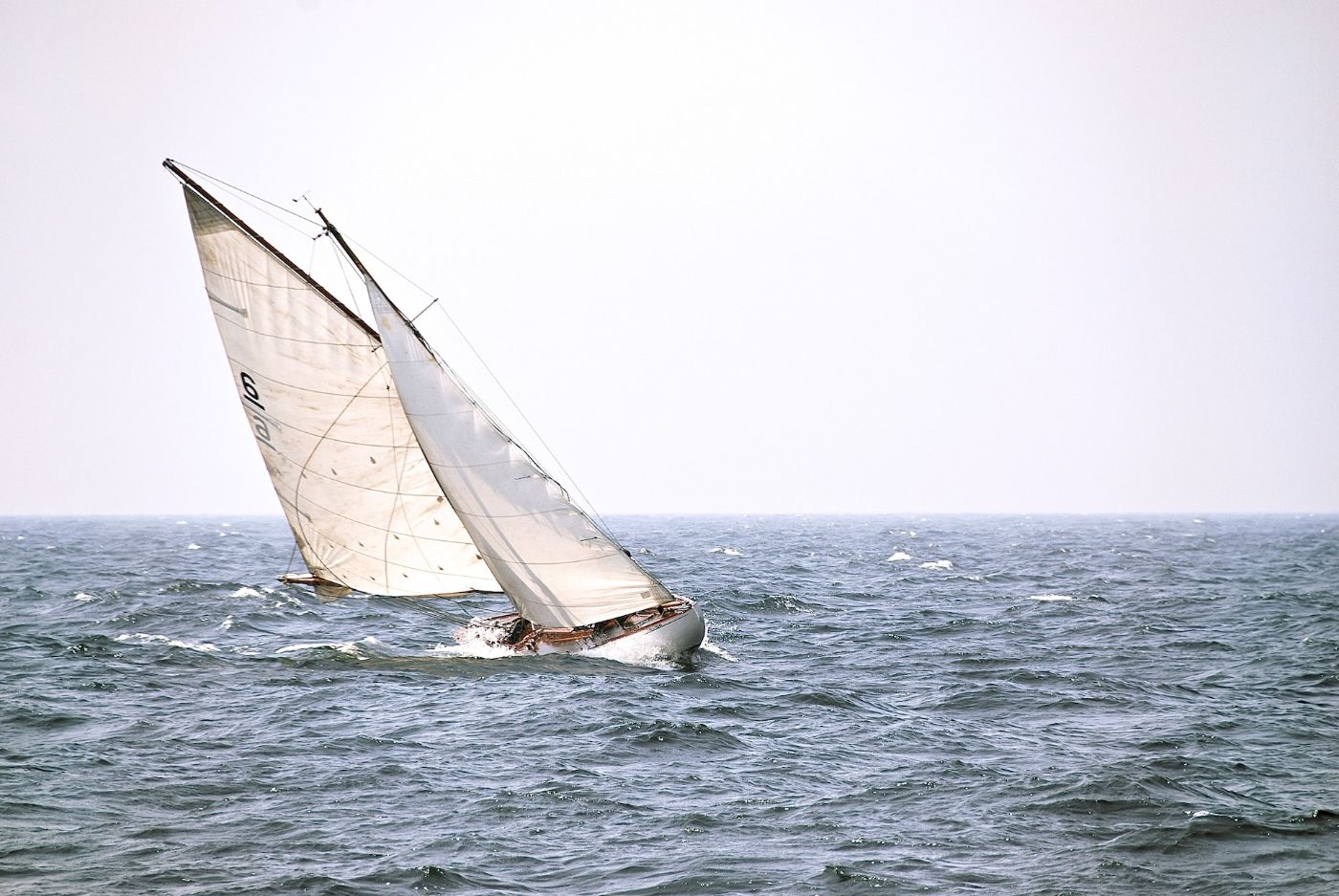
When sailing in rough seas, you might need to keep in mind that your sailboat will be subjected to constant motion, which can be uncomfortable and even dangerous if you're not prepared. Your sailboat must be able to handle the rough sea conditions and keep you safe.
The sailboat needs to be highly stable
A stable sailboat will be less likely to capsize or roll over in high waves. Look for sailboats with a low center of gravity and a wide beam ratio for added stability. Sailboats with a beam ratio of at least 3:1 have improved stability and comfort.
The boat must have essential safety features
You can check if the sailboat has adequate safety features, such as a sturdy hull, strong rigging, and proper safety equipment. Additionally, consider the sailboat's ability to self-right if it capsizes.
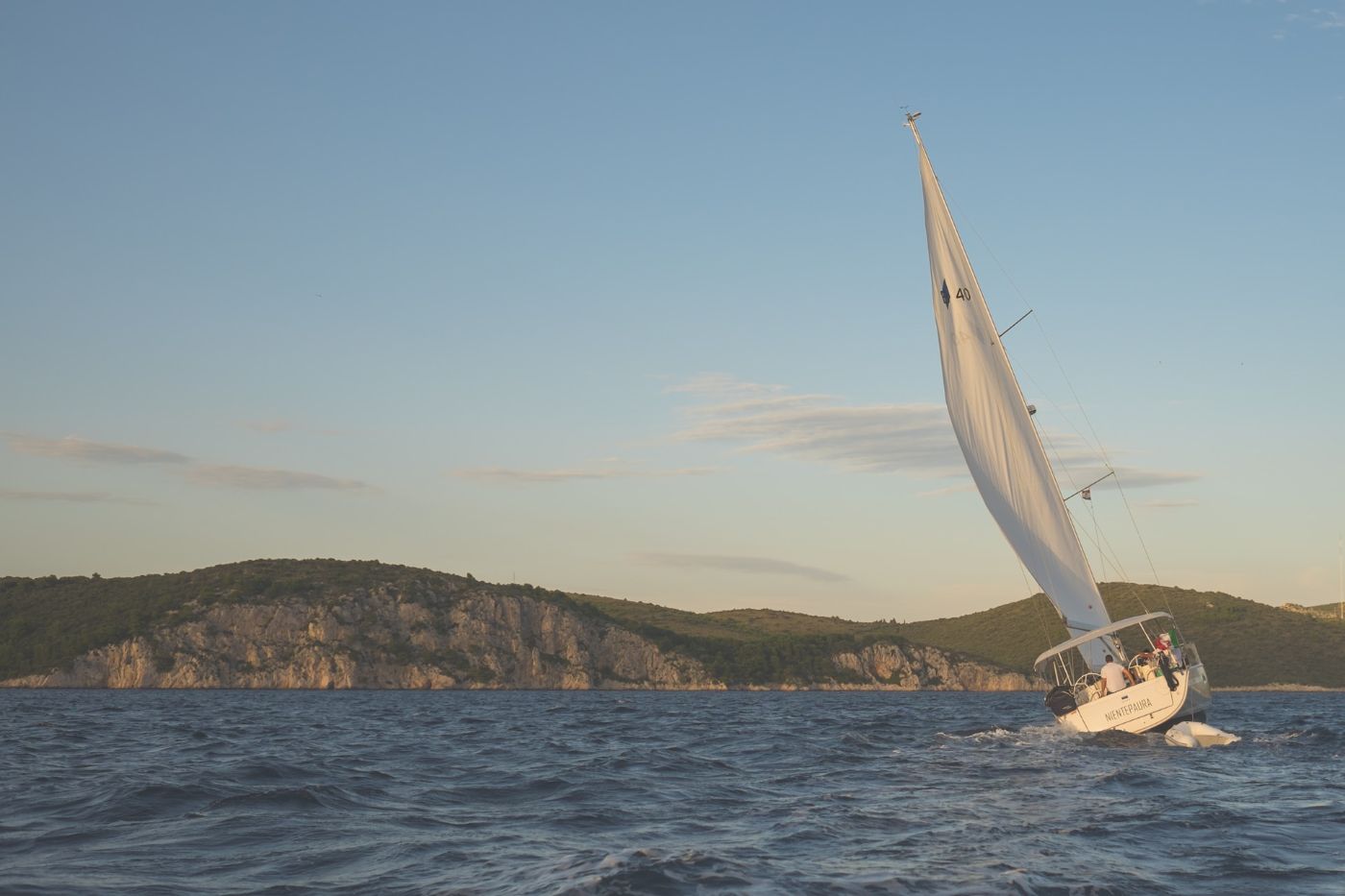
The sailboat must be comfortable enough
Some sailboats are designed to provide a smoother ride. Look for sailboats with a deep V-shaped hull and a high deadrise angle for improved comfort in choppy waters.
The deadrise angle is the angle between the hull and the waterline. A high deadrise angle can help a sailboat cut through waves more efficiently, providing a smoother ride in rough seas.
The boat must have improved speed when necessary
Speed is not always a top priority when sailing in rough seas, but it can be important in certain situations. For example, if you need to outrun a storm or reach a safe harbor quickly. Look for sailboats with a high buoyancy-to-weight ratio and a planing hull for improved speed in rough conditions.
The sailboat should stay afloat
Buoyancy is critical when sailing in rough seas. A sailboat with high buoyancy will be more likely to stay afloat in high waves. Look for sailboats with a displacement-to-length ratio of 100 or higher for improved buoyancy.
The Best Hull Design and Types for Rough Sea Conditions
Here are different types of hull designs available, and each has its advantages and disadvantages:
| Hull Type | Description | Advantages | Disadvantages |
|---|---|---|---|
| Monohull | Single hull | Stable and maneuverable | Less stable in rough seas |
| Multihull | Two or more hulls | Greater stability and speed | Requires more maintenance |
| Deep V Hull | V-shaped hull | Cuts through waves and provides a smooth ride in rough seas | Less stable in calm waters |
| Modified Deep V Hull | Slightly modified V-shaped hull | Offers good stability and maneuverability in rough seas | Less efficient at high speeds |
| Flat Bottom Hull | Flat bottomed hull | Good stability in calm waters | Less efficient and uncomfortable in rough seas |
| Round Bottom Hull | Rounded hull | Good stability at high speeds | Less stable in rough seas |
| Catamaran | Two parallel hulls connected by a deck | Stable and fast | Can be expensive |
| Trimaran | Three hulls with the main hull in the center | Fast and stable | Can be difficult to maneuver in tight spaces |
The best hull design type for sailboats in rough sea conditions is a deep-V hull or a modified-V hull. These hull designs are able to cut through waves and provide a smooth ride, even in choppy waters.
They also offer good stability and maneuverability, which are important in rough seas. Other hull designs, such as catamarans and monohulls, are also effective in rough sea conditions. Catamarans have more roll stability, while monohulls are better at upwind sailing.
If you want a more detailed discussion on hull designs and types, you can try reading this article.
The Best Sailboat Rig Type for Rough Sea Conditions
In this section, we will discuss the three most common rig types: Sloop, Ketch, and Cutter.
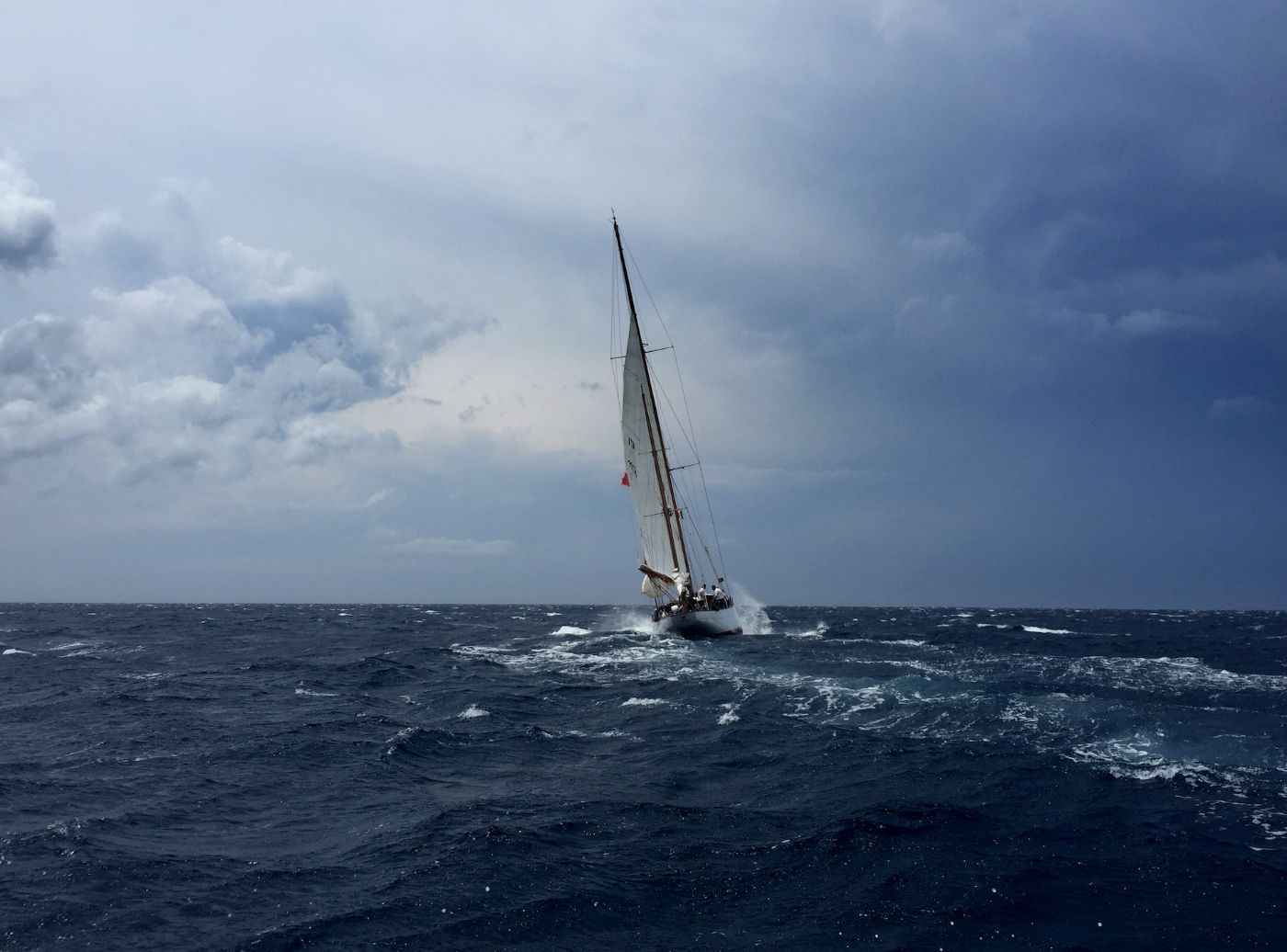
The sloop rig is the most common rig type
The sloop rig is often used on sailboats of all sizes. It consists of a single mast with a mainsail and a headsail. The mainsail is typically larger than the headsail, and the sail plan is designed to be easily managed by a small crew. The sloop rig is known for its simplicity and ease of handling, making it a popular choice for both cruising and racing.
Ketch is more advantageous in rough seas
The ketch rig is similar to the sloop rig, but it has two masts. The mainmast is taller than the mizzenmast, and both masts have their own sails. The mainsail is typically larger than the mizzen sail, and the mizzen sail is located aft of the cockpit.
The ketch rig is known for its versatility and ability to handle a variety of wind conditions. It also provides more sail area than a sloop rig, which can be advantageous in rough seas. However, they can be more complex to manage than a simple sloop rig and requires more crew members to handle the sails.
The cutter rig can sail upwind
The cutter rig is a type of rig that features a single mast with two headsails. The mainsail is typically smaller than the headsails, and the sail plan is designed to provide maximum power and speed in all wind conditions.
The cutter rig is known for its ability to sail upwind, making it a popular choice for offshore cruising and racing. It is also known for its stability in rough seas, as the multiple headsails provide more control over the boat's direction.
A more detailed discussion of different types of sail rigs can be found in this article.
The Most Ideal Keel Type for Sailboats in Rough Seas
The best keel type for sailboats in rough sea conditions is full keel because it provides excellent stability and directional control. It extends the length of the boat and is typically deeper than other keel types, providing a large surface area to counteract the force of the waves.

This design also helps to distribute the weight of the boat evenly, which reduces the risk of capsizing. It also provides a straighter and more predictable path through the water, which makes it easier to maintain course and avoid being pushed off course by waves.
This is particularly important in rough sea conditions where waves can be unpredictable and may come from multiple directions. Other keel types, such as fin keels or shoal draft keels, may be more suitable for calmer waters or shallow depths, but may not offer the same level of stability and control in rough sea conditions.
Did you find the answer to your specific question?
👍 0 👎 0
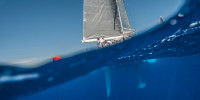
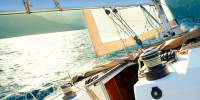

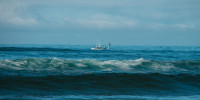
Leave a comment